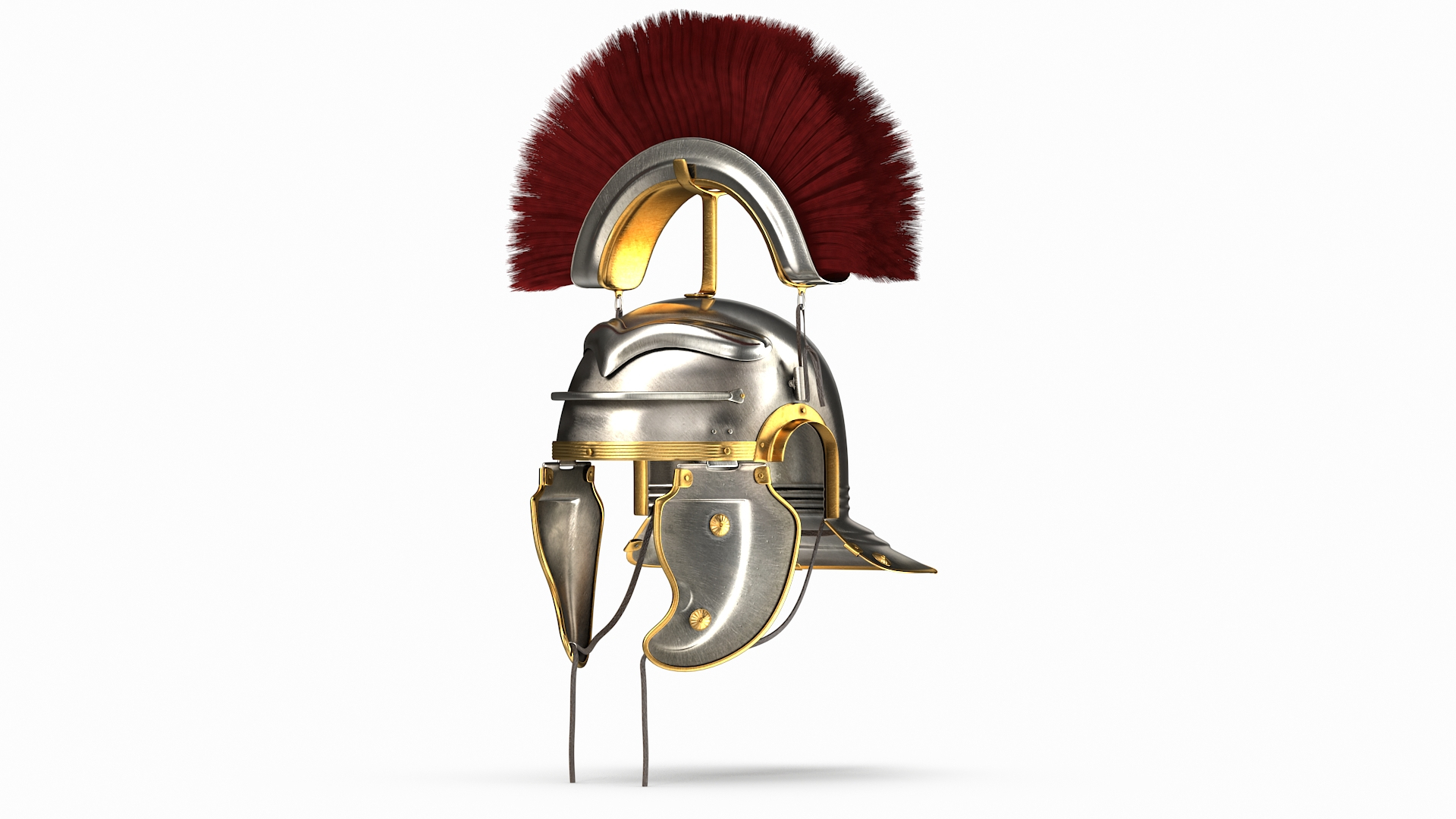Military Tribunes of Rome
Power, Status, and Daily Life
Discover the fascinating world of Roman military tribunes—the influential officers who shaped the destiny of legions and the empire itself.
Definition & Early Republic
Military tribunes (tribuni militum) were senior officers in the Roman army, ranking below legates and above centurions. These influential commanders played crucial roles in military operations, administrative duties, and the political landscape of ancient Rome.
During the early Roman Republic (509-264 BCE), military tribunes emerged as essential figures in Rome's expanding military machine. They were responsible for commanding cohorts, maintaining discipline, and serving as intermediaries between common soldiers and higher command.
Key Characteristics
- Six tribunes per legion in standard formation
- Command authority over 600-1000 soldiers
- Political stepping stone to higher magistracies

Roman legionary formation with tribune command structure
Historical Evolution
Establishment of Roman Republic
Military tribunes emerge as key officers in the new republican system
Tribuni Militum Consulari Potestate
Military tribunes with consular power replace consuls temporarily
Licinian-Sextian Laws
Reforms affecting tribune appointments and patrician-plebeian relations
Marian Reforms
Professional army changes tribune roles and responsibilities
Augustus Principate
Tribune positions become part of imperial cursus honorum
Officer Duties & Responsibilities
Command Authority
Leading cohorts and managing tactical operations in battle formations
Administrative Duties
Overseeing supplies, equipment maintenance, and camp organisation
Disciplinary Actions
Enforcing military discipline and conducting tribunals for soldiers
Strategic Planning
Participating in war councils and developing campaign strategies
Daily Routine of a Military Tribune
Morning inspection of troops, equipment checks, and briefing with centurions
Training supervision, administrative duties, strategic planning, and correspondence
Camp security arrangements, report writing, and preparation for next day's operations
Tribunus Laticlavius
The Most Senior Tribune: Leadership, Prestige, and Political Advancement
Distinguished Features
- Broad Purple Stripe: Worn on toga as symbol of senatorial class
- Second in Command: Directly under the legate, above all other tribunes
- Political Gateway: Essential step toward consulship and higher offices
The tribunus laticlavius held unparalleled prestige among military tribunes. Typically a young patrician in his early twenties, this position served as the crucial first step in a political career that could lead to the highest offices of the Roman state.
Unlike the five tribuni angusticlavii (narrow-stripe tribunes) who often pursued military careers, the laticlavius was groomed for civilian leadership, making this role a unique bridge between military service and political power.
Career Progression
Military vs Plebeian Tribunes
| Aspect | Military Tribunes | Plebeian Tribunes |
|---|---|---|
| Primary Role | Military command and legion management | Civil rights protection and political advocacy |
| Number | 6 per legion (multiple legions active) | 10 per year (elected annually) |
| Selection Method | Appointed by consuls or elected | Elected by plebeian assembly |
| Key Powers | Command authority, discipline, tactics | Veto power, sacrosanctity, legal immunity |
| Social Class | Patrician and equestrian classes | Exclusively plebeian (by law) |
| Term Length | Variable (campaign duration) | One year (renewable) |
| Location of Service | Military camps and battlefields | Rome and its immediate territory |
Common Misconceptions
- They were not the same office with different duties
- Military tribunes did not have veto power over civil matters
- Plebeian tribunes could not command armies
Historical Significance
Both types of tribunes played crucial roles in Roman society, representing different aspects of Roman governance. Military tribunes ensured effective army leadership, whilst plebeian tribunes protected citizen rights and balanced patrician power.
Equipment & Regalia

Lorica Segmentata
Segmented plate armour worn by senior officers, providing superior protection

Gladius Hispaniensis
Short sword optimised for close combat, symbol of Roman military prowess

Transverse Crest Helmet
Distinctive helmet with horizontal crest indicating tribune rank

Scarlet Cloak (Paludamentum)
Red military cloak denoting high rank and command authority
Rank Distinctions
Tribunus Laticlavius
Broad purple stripe (latus clavus) on toga
Tribunus Angusticlavius
Narrow purple stripe (angustus clavus) on toga
All Tribunes
Red military cloak (paludamentum) in field
Sources & Historical Evidence
Primary Sources
Livy - Ab Urbe Condita
Comprehensive account of early Roman military organisation and tribune roles in republican period.
Tacitus - Historiae & Annales
Detailed descriptions of imperial-era tribune duties and career progression.
Polybius - Histories
Greek historian's detailed analysis of Roman military structure and command hierarchy.
Pliny the Younger - Letters
Personal correspondence revealing daily life and social aspects of tribune service.
Archaeological Evidence
Epigraphic Evidence
Tombstone inscriptions and military diplomas provide concrete evidence of tribune career paths, names, and service records across the empire.
Military Equipment
Archaeological finds of armour, weapons, and insignia corroborate literary descriptions of tribune equipment and status symbols.
Fortress Remains
Excavated Roman military camps reveal tribune quarters, administrative buildings, and command structures that support textual evidence.
Notable Fact
Over 2,000 inscriptions mentioning military tribunes have been discovered across the former Roman Empire, providing unprecedented insight into their lives and careers.
Social Status & Career Path
Patrician Path
Equestrian Path
Promoted Path